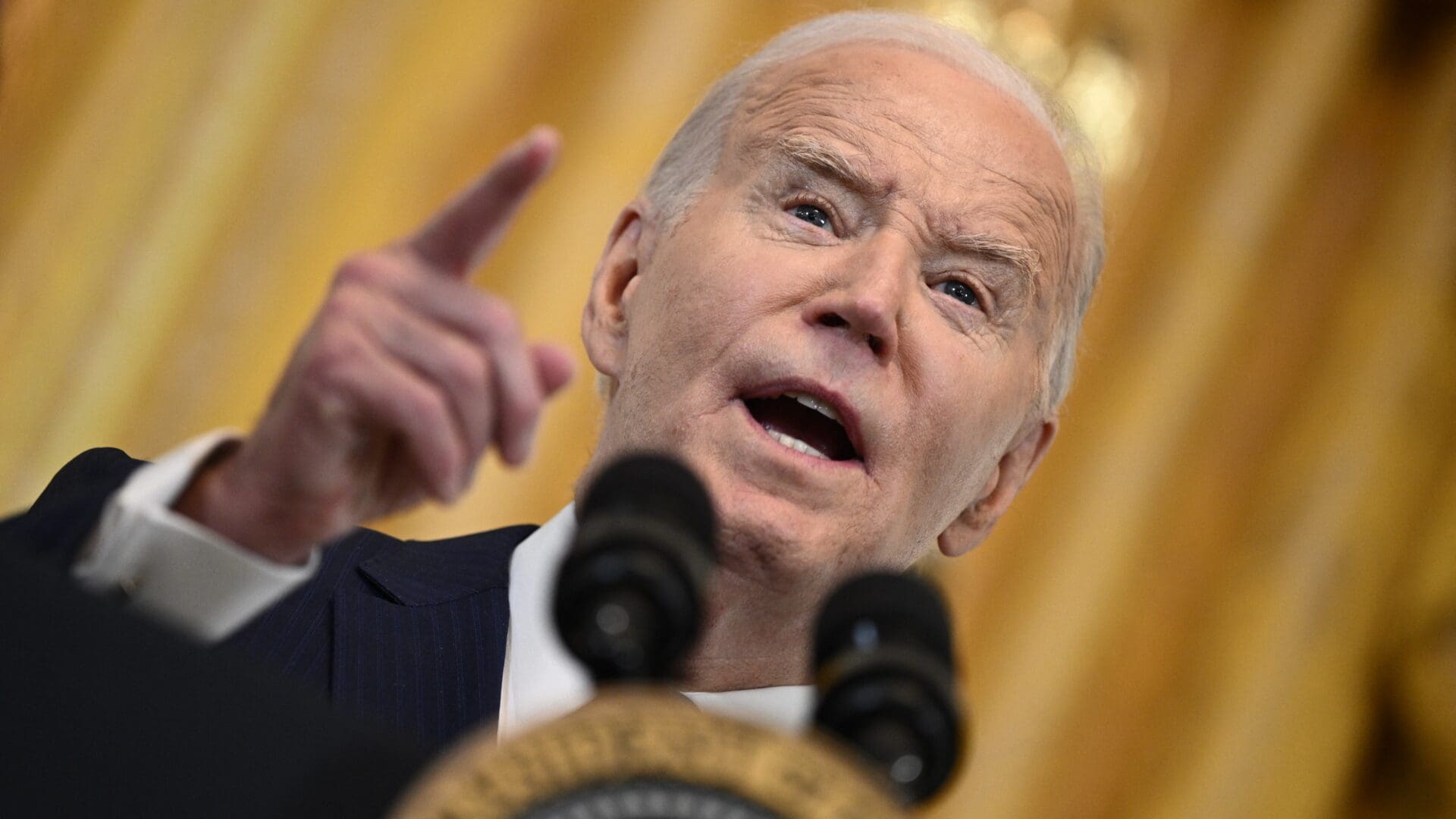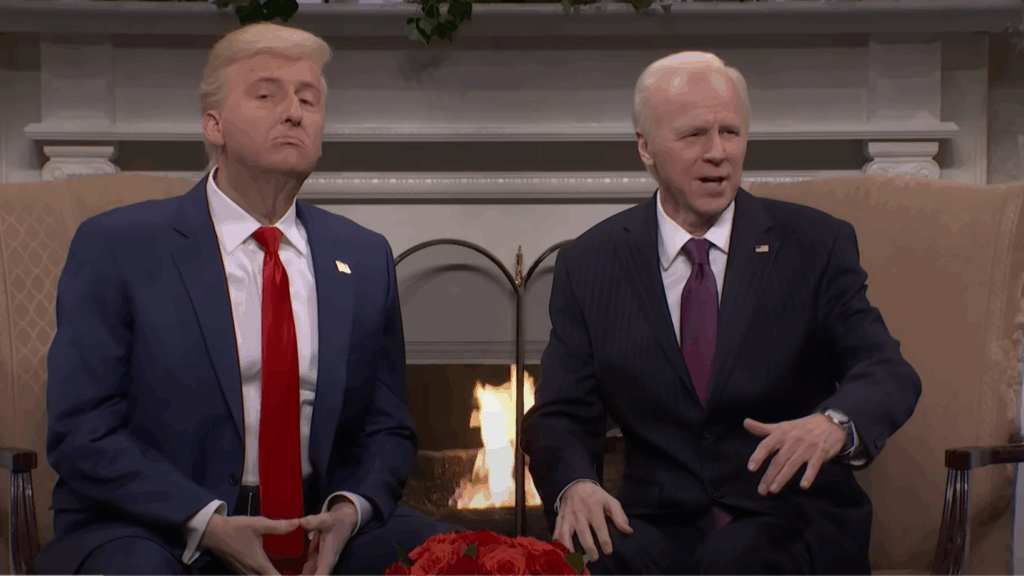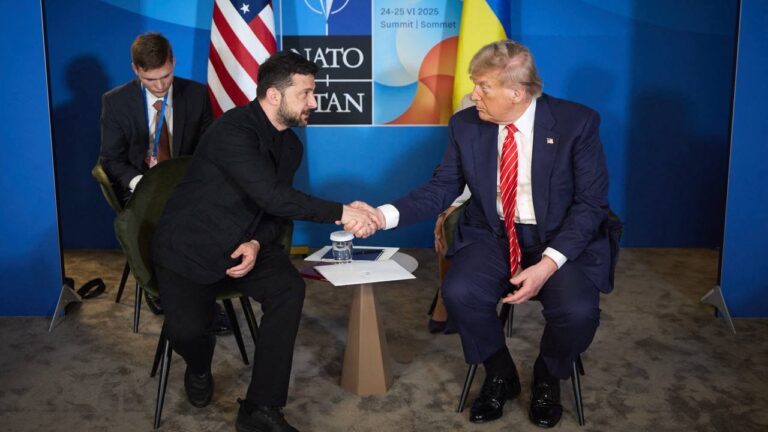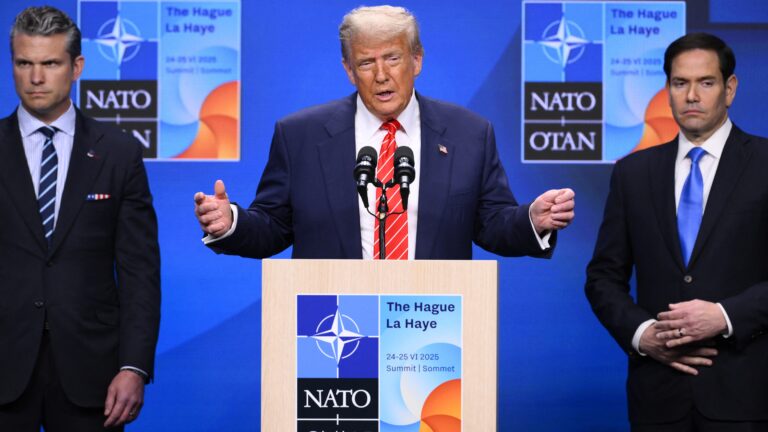Helmut Norpoth, a professor of political science at Stony Brook University in Stony Brook, New York gave his official quadrennial prediction for the US presidential election based on his primary model. Derived from early primary results, he gives incumbent Joe Biden of the Democratic Party a 75 per cent chance for reelection.
As Norpoth writes, President Biden faces no significant challenger in the primary, winning all but one contests so far with a high vote share. He specifically looked into the results in the New Hampshire and South Carolina primaries, which Biden won with 63.9 per cent in the former (despite not appearing on the ballot due to a technicality, and thus having to compete as a write-in candidate) and 96.2 per cent in the latter race.
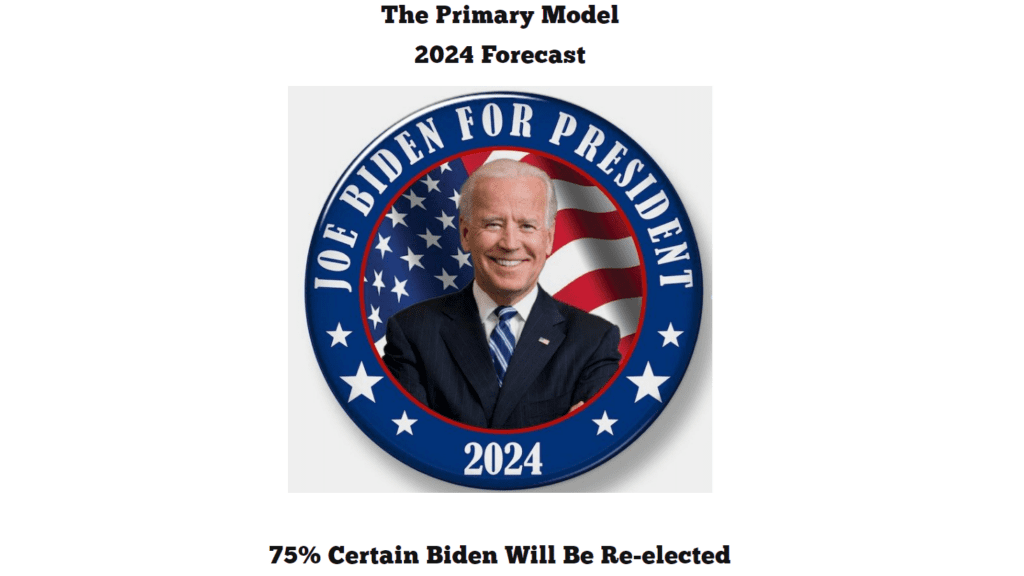
However, the Republican primary turnout far outnumbered the one on the Democrat side in both of those states. In New Hampshire, Republicans actually set an all-time turnout record with 324,000 people participating in the vote, as opposed to the Democrats’ 124,000. In South Carolina, while Donald Trump did get a lower vote share running against a former governor in her home state, his overall vote total dwarfed that of Biden. Trump got 452,496 votes in South Carolina, while Biden only got 126,336. Meanwhile, the total GOP turnout in the state was 756,682, while the turnout on the Democrat side was just 131,326.
In the major swing state of Georgia, the two parties’ primaries were held on the same day with both sides being uncontested by then, as Nikki Haley had dropped out. The total number of Republican voters still far outnumbered Democrats by more than 2:1; 588,612 people voted in the Republican primary, and 289,922 people voted in the Democrat primary. However, Donald Trump did get a smaller vote share than Biden in the state, 84.5 per cent compared to 95.2 per cent.
Today, primaries will be held in another key swing state, Arizona. If the turnout levels remain similar, it may give Republicans some additional comfort, despite the prediction of the primary model.
President Biden also had to deal with the ‘uncommitted’ protest vote against him. The organized effort to vote for no candidate is spearheaded by far-left progressive voters to show their objections to President Biden’s handling of the Hamas–Israel conflict. The rate of protest votes was as high as 13.2 per cent in Michigan, yet another key swing state. However, these results are not included in the model.
With all due respect to Professor Norpoth and his model,
it could be hard for one to deduce from the current primary results that President Biden is cruising to reelection.
On Super Tuesday, he became the first incumbent not to win a primary contest since 1996 after losing the caucus in American Samoa to Jason Palmer, a candidate with no name recognition or funding. While in 1996, President Bill Clinton did end up being easily re-elected, in the two states where he did not win the primaries—North Dakota and Michigan—he did not appear on the ballot at all. To find an incumbent that lost a primary while also being on the ballot, we have to go back to 1980, when Democrat Jimmy Carter lost 12 contests to challenger Ted Kennedy. President Carter ended up being defeated by Republican Ronald Reagan by a wide margin.
Also, President Biden captured 86.1 per cent of the popular vote across 25 contests so far. That is the lowest in the 21st century, during which period all incumbents managed to get above 90 per cent in their respective parties’ primaries. Meanwhile, President Trump is getting an unusually high total vote share for a non-incumbent, currently at 73.4 per cent, which is expected to rise as Governor Haley has dropped out. For comparison, President Reagan ‘only’ got 59.8 per cent of the popular vote in the 1980 Republican primary.
The model also does not take into account that the biggest challenger to President Biden’s nomination from the Democratic Party, Robert F. Kennedy Jr, had dropped out of the race before the primaries even started, and announced his bid for the presidency as an independent.
Evidently, a primary challenger running a third-party campaign is not good for a major party’s nominee.
In 1912, former Republican President Theodore Roosevelt ran as a Progressive Party (better known colloquially as the Bull Moose Party) candidate against incumbent Republican President William Howard Taft, which resulted in Democrat Woodrow Wilson winning the election. In 1968, former Democrat George Wallace ran as an American Independence Party candidate against sitting Democrat Vice President Hubert Humphrey, and eventually, Republican Richard Nixon won that election. However, in 1948, Democrat Harry Truman survived challenges from his own party in the general election and won a second term, against all odds.
primarymodel on Twitter: “pic.twitter.com/f6ykn5V4Oo / Twitter”
pic.twitter.com/f6ykn5V4Oo
RFK Jr was polling around 20 per cent in the Democrat primaries. Had he stayed in the race, President Biden’s vote share likely would have dipped, to the low to mid-70s, by a a reasonable estimate. That is what Republican George H. W. Bush got in 1992 (72.8 per cent, to be exact), the last incumbent to lose reelection before Trump’s loss in 2020.
The Track Record of the Primary Model
Professor Norpoth’s model correctly predicted Donald Trump as the winner in the 2016 election, despite polling and news media discounting his chances completely. However, it wasn’t a ‘clean victory’ for the model, as it forecast that Trump would win the popular vote by a sizable margin as well, which he ended up losing by 2.1 per cent.
Now, the roles have reversed in this game of election prediction.
Now pollsters, news media, and bookmakers regard Donald Trump as the favourite, and the primary model regards him as the underdog.
President Trump leads the national polling aggregate by 1.7 points against Biden head-to-head, as of the time of writing this, in the RealClearPolitics average, a metric that was proven to be accurate in the 2022 midterms and actually underestimated Trump’s performance in 2016 and 2020. In the 5-way polling with RFK Jr, West, and Stein, Trump leads by 2.7 points. At any major bookmaker, Donald Trump is the option with the lowest odds, meaning that he is most likely to win according to bookies. Also, CNN’s 2024 election projection has Republicans winning the White House with 272 electoral votes, with not all states assigned to either party (the Democrats are at 225 as of now).
As per a statement on its official website, the primary model has gotten five out of seven elections correct since 1996, having also missed the extremely close presidential election in 2000. However, you can only search for forecasts as early as 2008 on the same website. If we go by 2008, then the model’s ‘batting average’ is three in four, with another ‘half miss’ with the 2016 popular vote.
Will the primary model defy conventional wisdom again or will it be another miss for its creator?
We’ll have to see. In the meantime, here’s a little comforting fact for the reader likely rooting for President Trump in 2024: the model gave Biden the lowest chance for reelection for any incumbent presidents. In 2012, it gave Barack Obama an 88 per cent chance, and in 2020, as we wrote above, it gave Donald Trump a 91 per cent chance for a second term.
Related articles:

